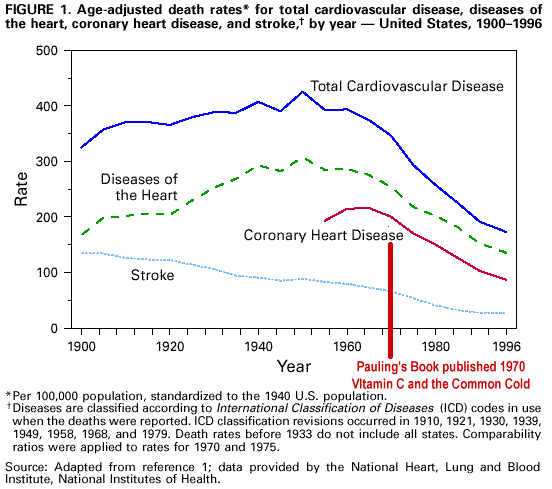Her skin might be like leather and disturbingly wrinkled but she isn't o'ding on vitamin D.
Vitamins are incredibly safe compared to drugs. It always amuses me when medical people get upset about people having a higher vitamin intake than the RDI. This is because water soluble vitamins are almost impossible to overdose on, unlike most drugs where if you take significantly more than the dose you can end up seriously ill. The fat soluble vitamins it is possible to have a to higher intake. This is because fat soluble vitamins accumulate into the body tissues and organs. The irony is that for vitamin A, a fat soluble vitamin nearly all overdoses are caused by doctors! That is right doctors subscribe vitamin A for some conditions. The patients took more than they should of or where not informed properly from the doctors. Health food products don't have enough vitamin A in them to cause overdose unless you deliberately took handfuls of them. Most health products have a little vitamin A and a lot of caroteneoids This means the body can decide how much vitamin A to make from the carotenoids, thus almost eliminating the risk of vitamin A overdose.
Anyway back to the vitamin D. As we know vitamin D is made in the skin when exposed to sunlight (UV rays). It hadn't occurred to me until know that if you lived out in the sun, say like a lifeguard, you might be exposed to so much sun that you get an overdose of vitamin D. Well it turns up, rather unsurprisingly, that once the body has produced enough vitamin D it is no longer produced, or is produced at a lot lower rate. This is because to make vitamin D the body has to first produce a precursor to vitamin D. That is the body produces a molecule that the UV light modifies into vitamin D. Don't make the precursor you don't get the vitamin. Also tanning also reduces vitamin D production, so can be seen as another way the body limits vitamin D production.
Thus you can't overdose on vitamin D through sunlight exposure.









